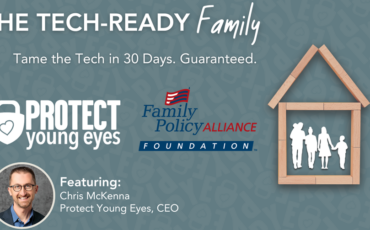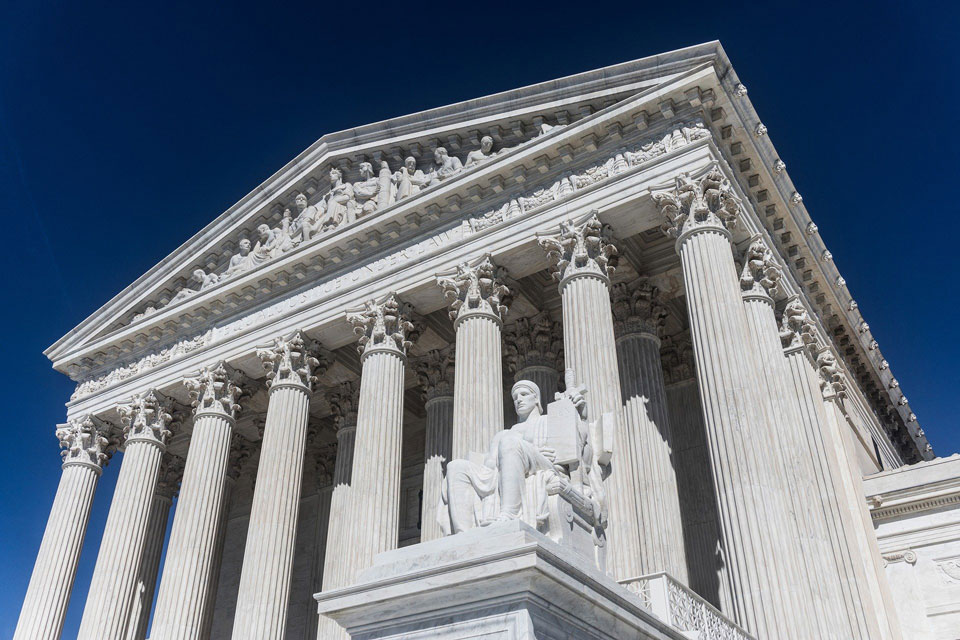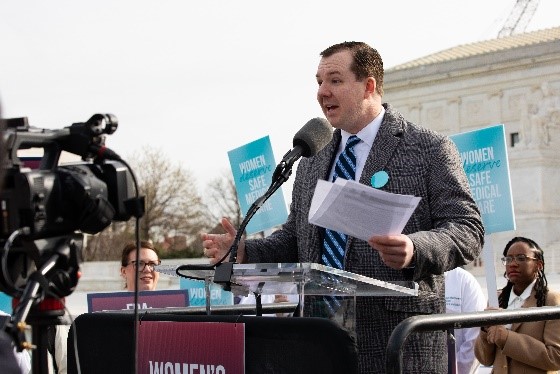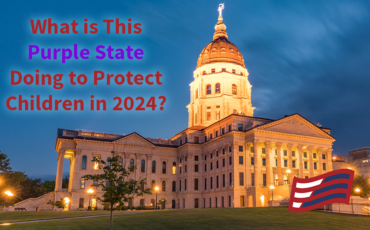

Dear Friends,
Yesterday, the most consequential abortion case since the overturn of Roe v. Wade was argued before the Supreme Court. The case is called Food and Drug Administration (FDA) v. Alliance for Hippocratic Medicine (AHM). FPA joined many other pro-life organizations in a rally outside the Court to demand that the FDA protect American mothers.
Over the past 20 years, the FDA has progressively deregulated the abortion drug regimen. These are high-risk drugs, as the FDA itself admits: their own warning label on the drugs says that one in 25 women who take them will end up in the emergency room. The FDA removed safeguards such as required in-person examinations before the drug can be prescribed and after it is taken to ensure a woman’s safety.
 As one of the speakers at the rally, I spoke about how the plaintiffs in this case are simply asking the FDA to follow their own science and reinstate these common-sense safeguards to protect American mothers from dangerous drugs. By deregulating the abortion drug regimen, the FDA has endangered American mothers, who deserve better from their government.
As one of the speakers at the rally, I spoke about how the plaintiffs in this case are simply asking the FDA to follow their own science and reinstate these common-sense safeguards to protect American mothers from dangerous drugs. By deregulating the abortion drug regimen, the FDA has endangered American mothers, who deserve better from their government.
Thank you for partnering with us in our efforts to protect pregnant mothers and unborn life through our #AfterRoe campaign! We also encourage you to visit our social media pages on Facebook and Instagram to see the live videos we filmed with some of our state allies from the Court yesterday.
Finally, please join us in praying for the Justices on the Supreme Court: that they would follow the Constitution and ensure the administrative state protects mothers everywhere. The overturning of Roe was a historic victory for the pro-life movement, but there is still so much to do to create a culture of life in America. Thank you for continuing your partnership with us to see that vision become a reality!
For mothers everywhere,

Joseph Kohm
Director, Public Policy



